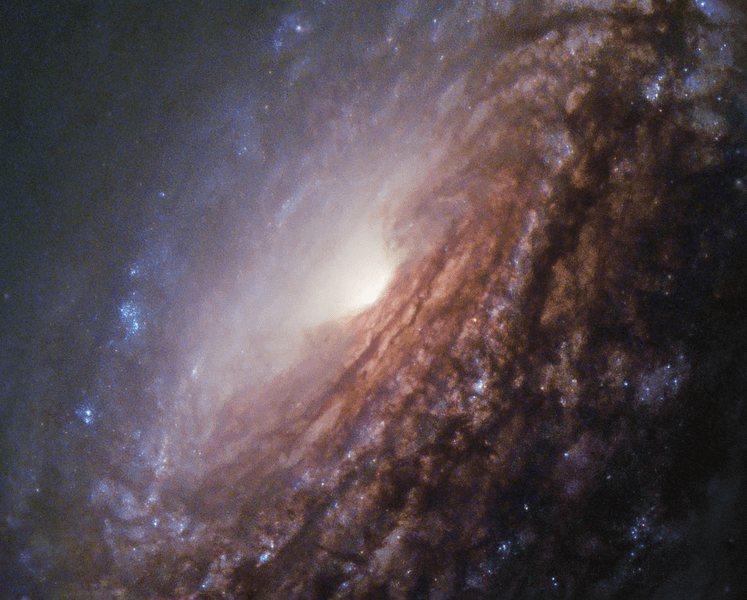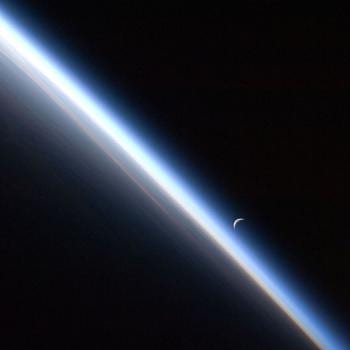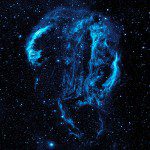
One explanation of the apparent fine tuning of the universe is to suggest that ours is just one of a virtually (or actually) infinite number of universes, and that we just happen to live in this one. Most such universes would probably be barren of life. Perhaps most were actually still born; gravity pulled them back into themselves almost instantly after their “Big Bang.” Others never formed galaxies or stars, let alone habitable planets. Fortunately, ours was life-friendly — and that is the only reason that we exist and are able to consider the seeming miracle of the emergence of intelligent life.
The English Methodist theology professor and cosmologist David Wilkinson offers some brief thoughts on this idea in David Wilkinson, God, Time and Stephen Hawking: An Exploration into Origins (London and Grand Rapids: Monarch Books, 2001):
However, this coupling of the anthropic principle with a theory of many universes is more of a metaphysical suggestion than a physical theory. The question must be asked in what sense do other universes exist if they have no observable consequences? The trouble with these theories of many universes is just how do you pass information from one universe to another in order to know that it is there? There are many who argue with some justification that talk of many universes goes beyond physics, to the extent that it becomes an explanation of the way the world is on the same level as religious explanations.
How do we assess the anthropic principle? It sounds a necessary cautious word that our observation of the universe is dependent on the fact that we are here. However, as an explanation of fine-tuning it has the difficulty of being potentially too successful. If you have so many universes then you can explain literally everything without recourse to understanding the physics. You simply say in the case of any phenomenon that it is just like that because we are here. (93, 95)
***
Perhaps you should step out of your house in the next day or two, look skyward, and wave toward the heavens:
***
Finally, here’s some potentially good news for those readers of Sic et Non who live on Planet Earth. (Judging from the comments of some of my most fevered critics, some may not.) It’s also positive news for real estate developers in Idaho, Wyoming, and Montana:
“Discovery of Ancient Super-Eruptions Indicates the Yellowstone Hotspot May Be Waning”












